|
By Dr. John Morse, Clemson University.
Here are some resources you will be able to use after you have learned to recognize diagnostic characters, thanks to this website (beginning with most recent): Merritt, R.W., K.W. Cummins, and M.B. Berg. (2019) An Introduction to the Aquatic Insects of North America, 5th edition. Kendall/Hunt Publishing Company, Dubuque, Iowa. 1300 pp. [Covers general ecology and identification of North American aquatic insects to the level of genus; also includes tables for habitat, habit, feeding behaviors, general distribution, and tolerance values for each genus, with comprehensive bibliography.] NOTE: This volume is scheduled to be published next month, possibly before our launch date, but certainly very soon. Morse, J.C., W.P. McCafferty, B.P. Stark, & L.M. Jacobus. (2017) Larvae of the Southeastern USA Mayfly, Stonefly, and Caddisfly Species (Ephemeroptera, Plecoptera, and Trichoptera). Biota of South Carolina, volume 9. Technical Bulletin 1109, PSA Publishing, Clemson University, Clemson, South Carolina. 482 pp. [Covers identification of southeastern USA mayfly, stonefly, and caddisfly larvae to level of genus and species.] Thorp, J.H., and D.C. Rogers. (2016) Thorp and Covich's Freshwater Invertebrates--Volume II: Keys to Nearctic Fauna. Elsevier, Boston, Massachusetts (etc.). 740 pp. [Covers identification of freshwater invertebrates (Protozoa and 14 invertebrate phyla) for North America, sometimes to level of genus, insects to level of family only.] Triplehorn, C.A., and N.F. Johnson. (2005) Borror and DeLong's Introduction to the Study of Insects, 7th edition. Thomson Brooks/Cole, Belmont, California (etc.). 864 pp. https://www.worldcat.org/title/borror-and-delongs-introduction-to-the-study-of-insects/oclc/55793895 [Covers general ecology and identification of North American insect families for aquatic and terrestrial adults.] Bouchard, R.W., Jr. (2004) Guide to Aquatic Invertebrates of the Upper Midwest. Regents of the University of Minnesota, St. Paul, Minnesota. 207 pp. https://midge.cfans.umn.edu/midwest-guide [Covers identification of freshwater invertebrates of the Upper Midwest, USA, to family level; also includes feeding behaviors, tolerance values, and primary habitat preferences.] Voshell, J.R., Jr. (2002) A Guide to Common Freshwater Invertebrates of North America. McDonald & Woodward Publishing Company, Blacksburg, Virginia. 442 pp. https://www.worldcat.org/title/guide-to-common-freshwater-invertebrates-of-north-america/oclc/48966604 [Covers general ecology and identification of 100 most-common freshwater invertebrate groups for North America to level of invertebrate phyla and insect families.] We were excited to learn that Morgan Summerlin, our project's Research Experience for Undergraduates (REU) graphic artist, has been selected to be among the top group of enrollees for the Medical and Biological Illustration Graduate Program at the Johns Hopkins University School of Medicine this coming August, with a generous graduate fellowship. This is the leading graduate program in medical and biological illustration in the country. According to Morgan, "This prestigious program has been training students for over 100 years, and it is one of only 4 accredited graduate programs for medical illustration in North America. My classmates and I will be trained to transform complex information into visual images, working in fields of life sciences that range anywhere from human anatomy to cell biology and even to the study of insects and arthropods! The renowned faculty teach in both digital media, like 2D and 3D computer modeling and animation, as well as in traditional media, such as watercolor painting and carbon dust drawing. I am unbelievably excited to attend this program this fall, and I can't wait to see how my abilities in art and my knowledge of science grow and develop."
Morgan has created habitus illustrations of the nine orders of Insecta that will be featured in our expanded collection. Check out some examples of her work below and in her earlier post, Illustrating Insects.... Congratulations, Morgan! by Madeline Genco, graduate student researcher in entomology, Clemson University This year’s Society for Freshwater Science (SFS) Annual Meeting took place 4–9 June 2017 in Raleigh, North Carolina, at the Raleigh Convention Center.
The SFS Annual Meeting is a major meeting of scientific professionals and a great review of the current work being done. This conference includes events such as poster sessions, formal research presentations, lectures, luncheons, and mixers. It is a place to meet other scientists from related fields of study such as ecology, entomology, and biology. This year’s theme was, “Designing Our Freshwater Future”. The primary discussion at the conference was focused on sustainable water supply, and what we as scientists can do to help prevent depletion and pollution of freshwaters. At this event, I presented a poster on our project, titled Learning to See, Seeing to Learn. Our poster aligned well with the theme of the meeting. If more citizen scientists become involved with water quality monitoring, and thus are able to alert professionals when there is a pollution problem, it will help prevent further pollution of our water in the future and aid in the fight for sustainable water. People were very excited about our project. They really like that it is going to be open resource. I had several people tell me that they had already visited our website, liked what they saw, and are interested to see how it grows. I think that this project is going to help “smooth the learning curve” for a lot of citizen scientists and people new to macroinvertebrate identification. People liked the gigapixel images, especially with the characters pinned on them. They are also excited to see the glossary and are eager to use it when it is fully developed. I had several people ask if it would be possible to compare two different taxa on the same page. I told them that currently we cannot, but that we are still making changes to the website, so it may be possible in the future. People we excited about how many different layers of information were simplified and packed into one tool. We won the award for Best Poster Presentation in Applied Research. I will be given free registration for next year’s SFS meeting in Michigan. And, if we decide to publish a paper based on our poster in Freshwater Science, page charges will be waived. Overall this was a great meeting. It was a great learning and networking opportunity for me, and I enjoyed spreading the enthusiasm about our project. I’m looking forward to next year’s meeting. By Nick Addison, Clemson University, NSF Research Experience for Undergraduates (REU) fellow
For this project my main tasks were to sort through insect specimens at Clemson University Arthropod Collection (CUAC), selecting the best preserved individuals, databasing them and then shipping them to our partner at the Carnegie Museum of Natural History's Powdermill Nature Reserve for the high-resolution "gigamacro" photo imaging. In some instances the photography did not highlight specific diagnostic features of the macroinvertebrate sufficiently, in which case I would create supplementary images using focal z-stacking to create a high resolution image.. Some examples of the features I photographed include the antenna of an adult Helichus, the spoon shaped labium and elevated condition of the eyes on Libullula, and the tiny spines on the ventral, concave margin of an anal claw of Neureclipsis just to name a few. Examples below. by Morgan Summerlin, an undergraduate art student at Clemson University, and NSF Research Experience for Undergraduates (REU) fellow
For the macroinvertebrates.org project, I have been creating order-level arthropod illustrations. A few months and several illustrations later, I have developed a great respect for the knowledge of entomologists and scientific illustrators. I have learned a great deal about how to use Adobe programs, standard formatting for professional illustrations, and even insect taxonomy and identification. Most importantly, I have learned to view specimens with a precise eye, because no detail is too tiny to omit in an illustration! Below are some examples of my most recent work. By Dr. John Morse, Clemson University The number of freshwater macroinvertebrate taxa occurring in eastern North America is much greater than the number imaged and annotated in this project. How were the project’s taxa chosen?
Why are annotations provided sometimes for a genus, sometimes for less-refined levels of taxonomy such as a family or an order? What criteria were used to decide the amount of detail provided in the annotations? At a minimum, the level of annotation provided for each taxon is the level needed to distinguish it from other taxa imaged in this project. At the level of order and family, our annotations will often distinguish the taxon from all other North American taxa, but for families with multiple genera we did not attempt to annotate genera sufficiently to distinguish them from other North American genera that are not imaged. Reference cited: Barbour, M.T., J Gerritsen, B.D. Snyder, & J.B. Stribling. 1999. Rapid Bioassessment Protocols for Use in Streams and Wadeable Rivers: Periphyton, Benthic Macroinvertebrates, and Fish. Second Edition. EPA 841-B-99-002. U.S. Environmental Protectin Agency, Office of Water, Washington, D.C. *Available from https://nepis.epa.gov/Exe/ZyPDF.cgi/20004OQK.PDF?Dockey=20004OQK.PDF |
Project TeamAn interdisciplinary team Categories
All
Archives
June 2023
|

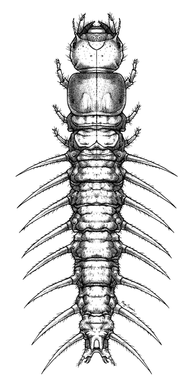
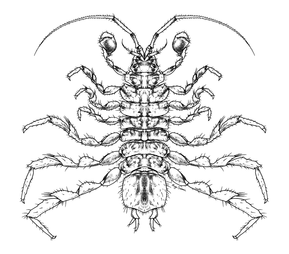
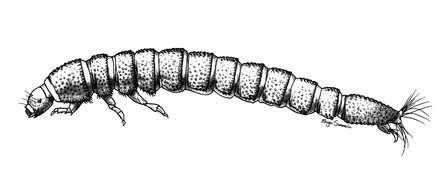
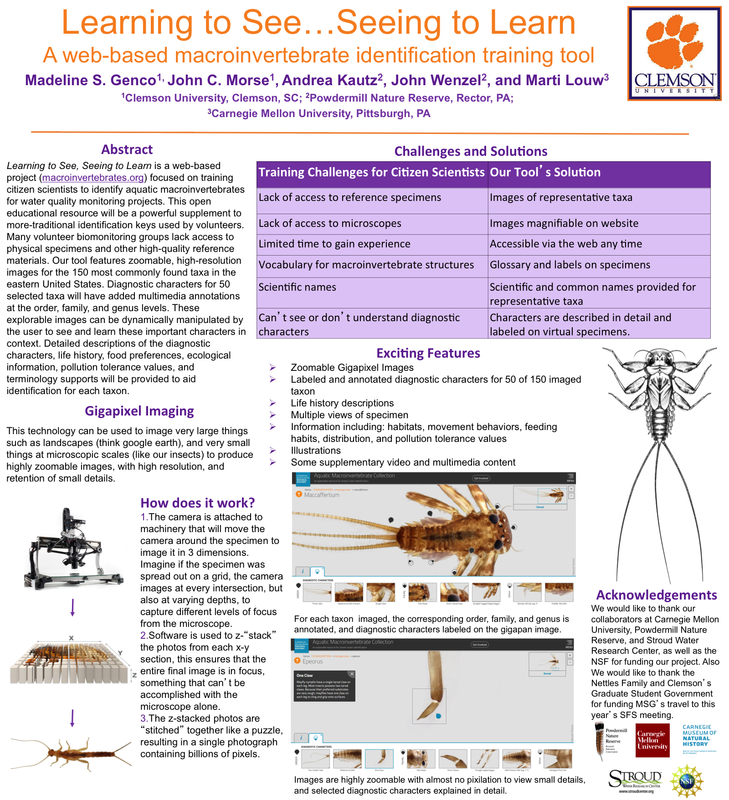
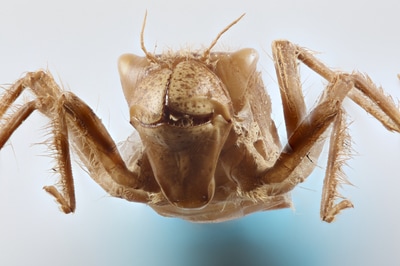
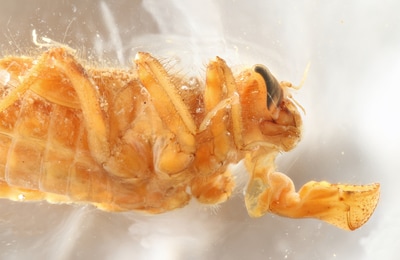

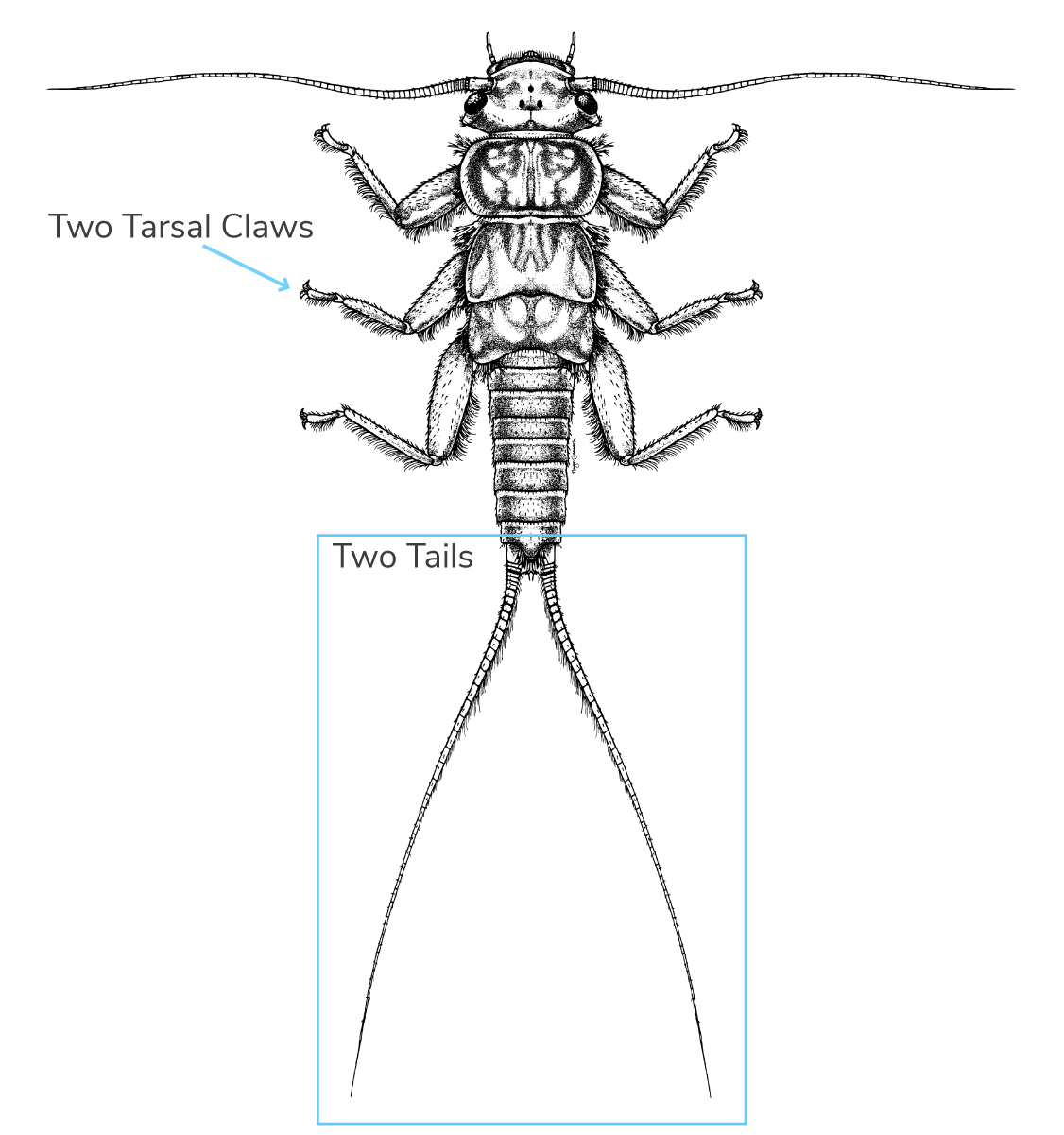


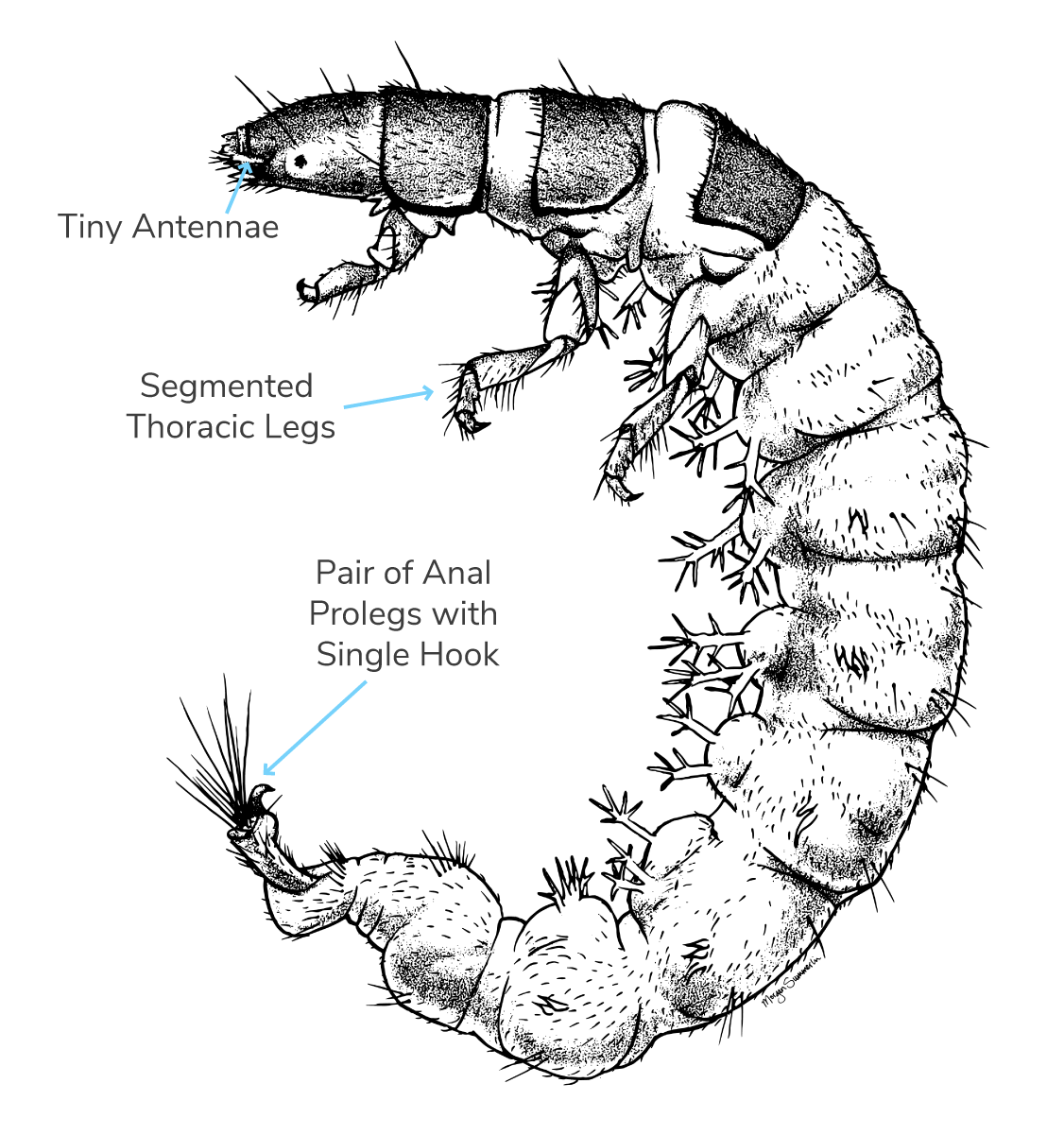

 RSS Feed
RSS Feed
